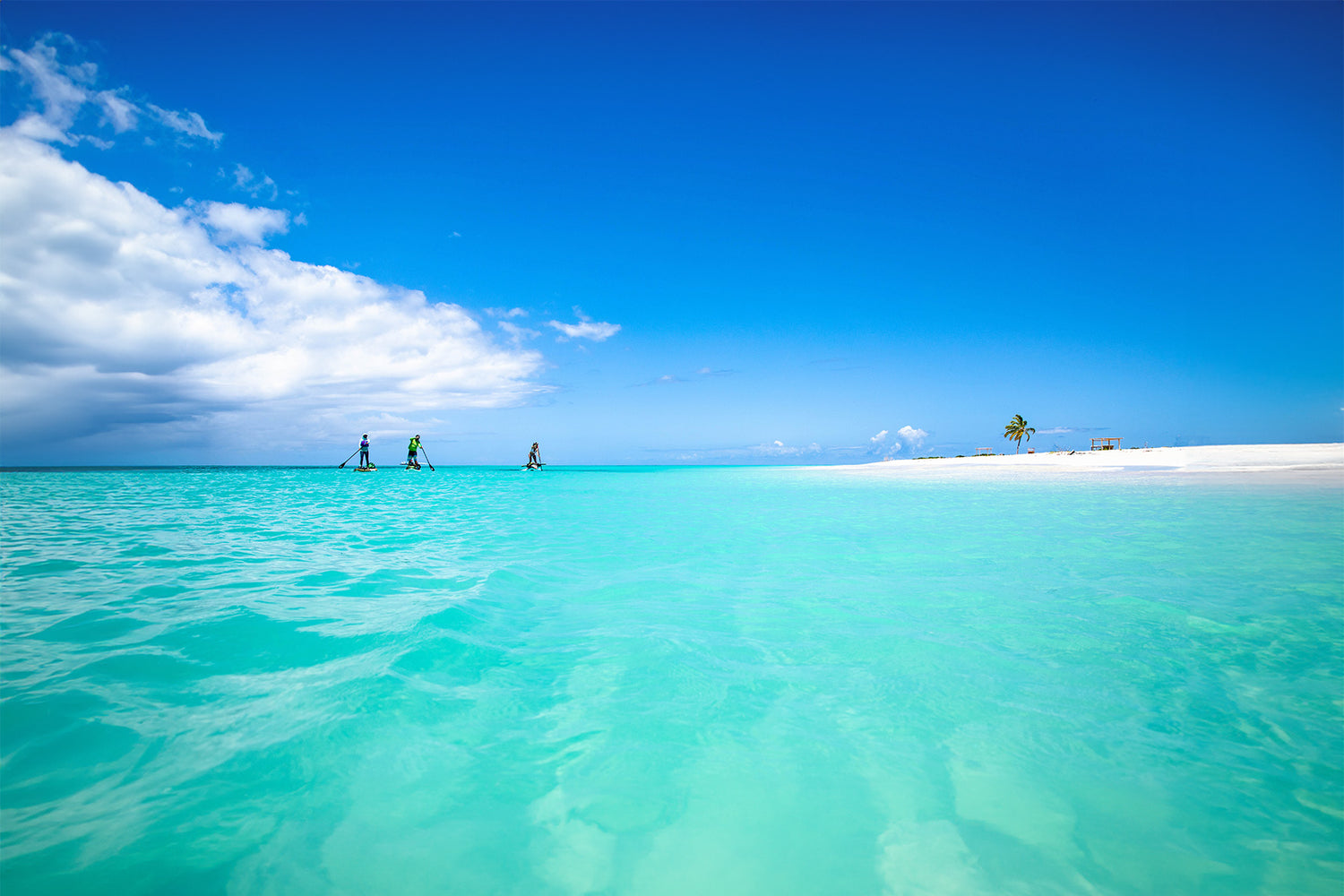FAQs
Pau Hana (pronounced "pow-hana") is a Hawaiian phrase that means “time after work” and is often used to refer to whatever you do for fun when you’re not working.

What does Pau Hana mean?
Pau Hana (pronounced "pow-hana") is a Hawaiian phrase that means “time after work” and is often used to refer to whatever you do for fun when you’re not working.
For a successful paddleboarding experience, you’ll need the following:
- A paddleboard (inflatable or solid)
- Paddle
- Leash (to prevent your board from drifting)
- Personal flotation device (PFD) for safety
- Wetsuit or appropriate clothing depending on water temperature.
You can paddle board year round in New Zealand, however, the optimal time for paddleboarding is from October to April, as the warmer weather and calmer waters provide the best conditions. During these months, the water is typically warmer and more pleasant for longer outings.
No, paddleboards do not require registration in New Zealand. However, it's important to follow local rules and regulations for water safety and restrictions.
- Always check weather and water conditions before heading out, especially in coastal areas where tides and winds can change quickly.
- Wear a personal flotation device (PFD) and use a quick-release leash.
- Be aware of local marine life and respect wildlife regulations.
There are two main types of paddleboards available:
- Inflatable paddleboards (iSUPs): These types of paddleboards are lightweight, portable, and easy to store. Ideal for beginners and those with limited storage space or car roof bars.
- Solid (epoxy) paddleboards: These boards offer better performance and speed, making them suitable for more experienced paddleboarders or those paddling in open water or surf.
Choosing the right paddleboard depends on your weight, skill level, and the type of paddleboarding you’ll be doing:
- For beginners or all-around paddling: A wider, longer board (around 10-12 feet) offers more stability.
- For advanced paddlers or surfing: A shorter board (7-9 feet) provides better maneuverability.
- For touring or long-distance paddling: Longer boards (12+ feet) are faster and track better over long distances.
Your clothing should depend on the water temperature and weather conditions:
- In the warmer months, lightweight, moisture-wicking clothing such as swimwear, shorts and a rash guards is ideal.
- In cooler months or colder water, a wetsuit or drysuit may be necessary to keep warm.
- Always wear a PFD (personal flotation device) as required by New Zealand law for water sports.
Paddleboards have different weight limits based on their design and size:
- Most boards can hold 90 to 140 kgs comfortably, but larger/wider or tandem boards can support more weight.
- Always check the manufacturer’s specifications to ensure the board is appropriate for your weight and any additional gear you plan on taking with you.
- Inflating: Make sure the valve pin is twisted so that air can enter the board but not escape it. Use the pump provided with your board and attach the hose to the valve and start pumping. Most boards should be inflated to 12-15 PSI (check the manufacturer’s guide).
- Deflating: Remove the valve cover, press the valve stem down and twist to lock the valve into the open position. Let the air release - you can gently press on the board to facilitate letting the air out. Once fully deflated, roll the board from the nose to push out any remaining air.

